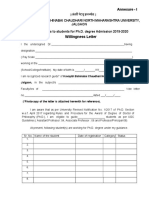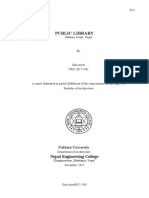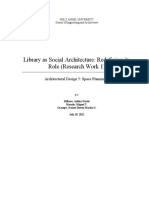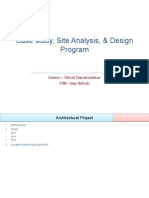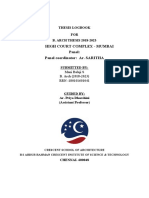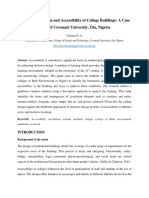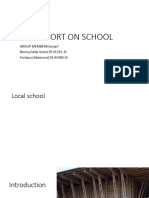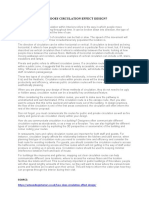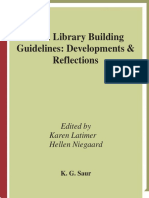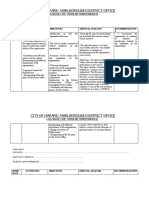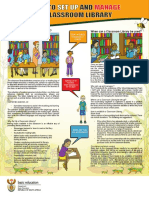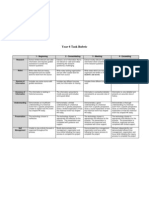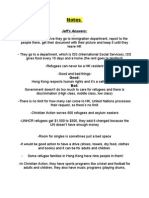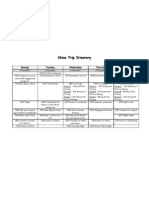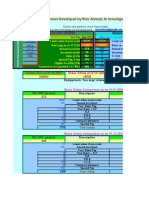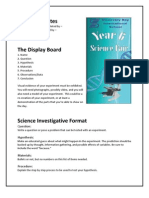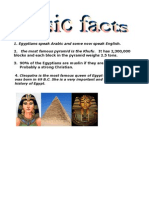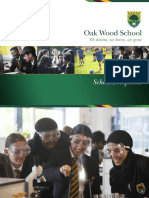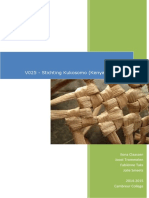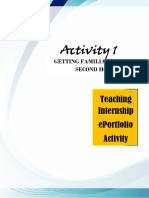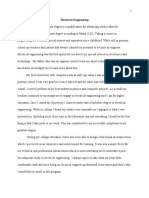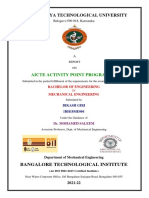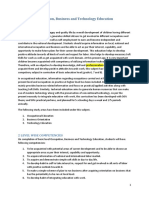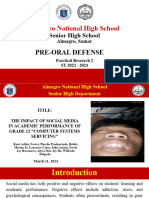0% found this document useful (0 votes)
150 views7 pagesLibrary Teaching Modules: Discovery Bay International School
The document provides an introduction to library teaching modules developed for Discovery Bay International School. The modules are designed to help teachers meet core library expectations, maximize resource use, ensure consistency in information literacy teaching, and work more efficiently. Each module may take one or more sessions and can be adapted as needed. An overview outlines the UK Library Association guidelines and key learning areas by year level.
Uploaded by
stanhopekrisCopyright
© Attribution Non-Commercial (BY-NC)
We take content rights seriously. If you suspect this is your content, claim it here.
Available Formats
Download as PDF, TXT or read online on Scribd
0% found this document useful (0 votes)
150 views7 pagesLibrary Teaching Modules: Discovery Bay International School
The document provides an introduction to library teaching modules developed for Discovery Bay International School. The modules are designed to help teachers meet core library expectations, maximize resource use, ensure consistency in information literacy teaching, and work more efficiently. Each module may take one or more sessions and can be adapted as needed. An overview outlines the UK Library Association guidelines and key learning areas by year level.
Uploaded by
stanhopekrisCopyright
© Attribution Non-Commercial (BY-NC)
We take content rights seriously. If you suspect this is your content, claim it here.
Available Formats
Download as PDF, TXT or read online on Scribd
/ 7





